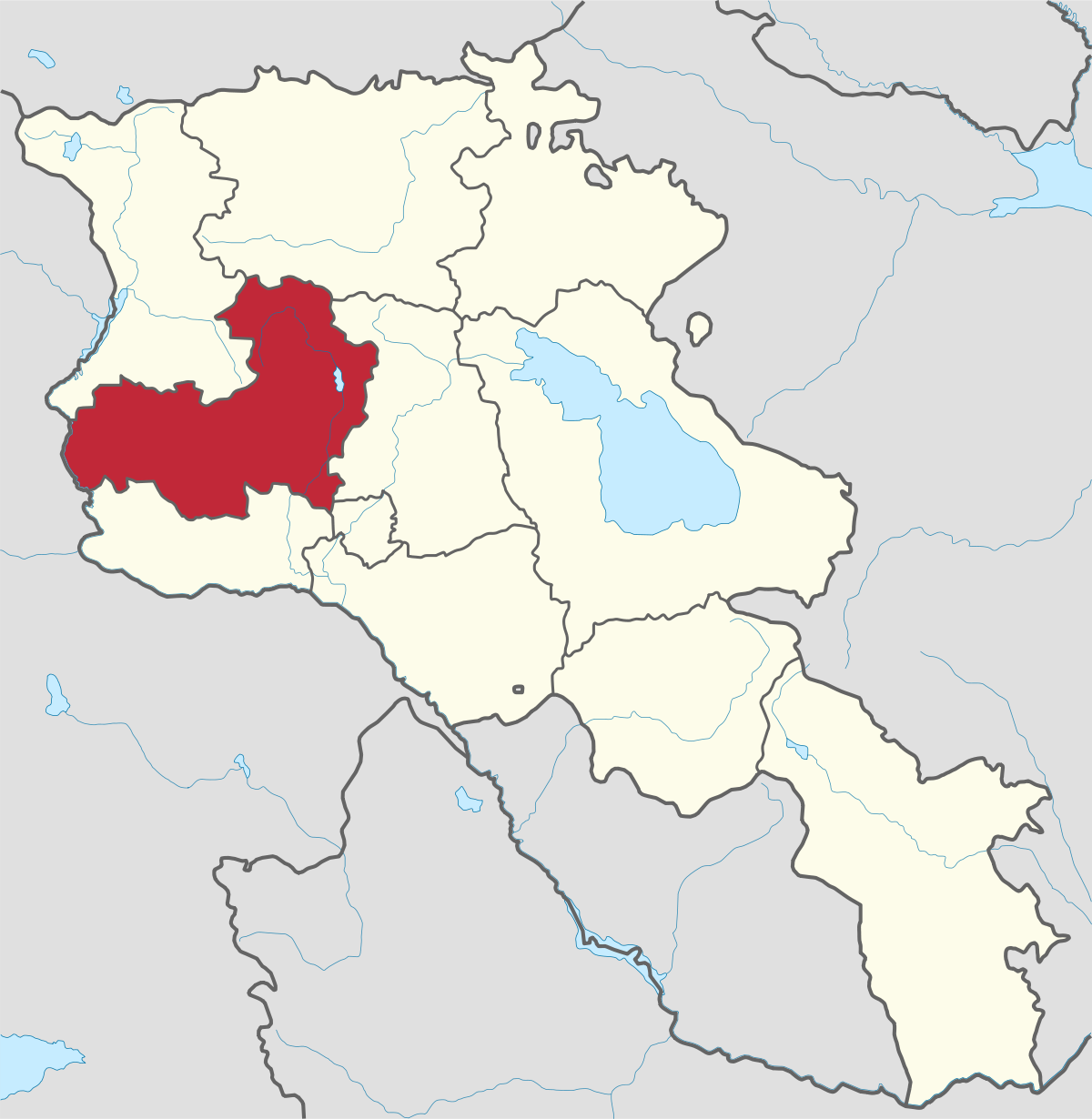
Aragatsotn Region
Aragatsotn is named after the massive mountain (4095m / 13,435 ft.) that hovers over the northern reaches of Armenia. This region is one of the...
About Armenia
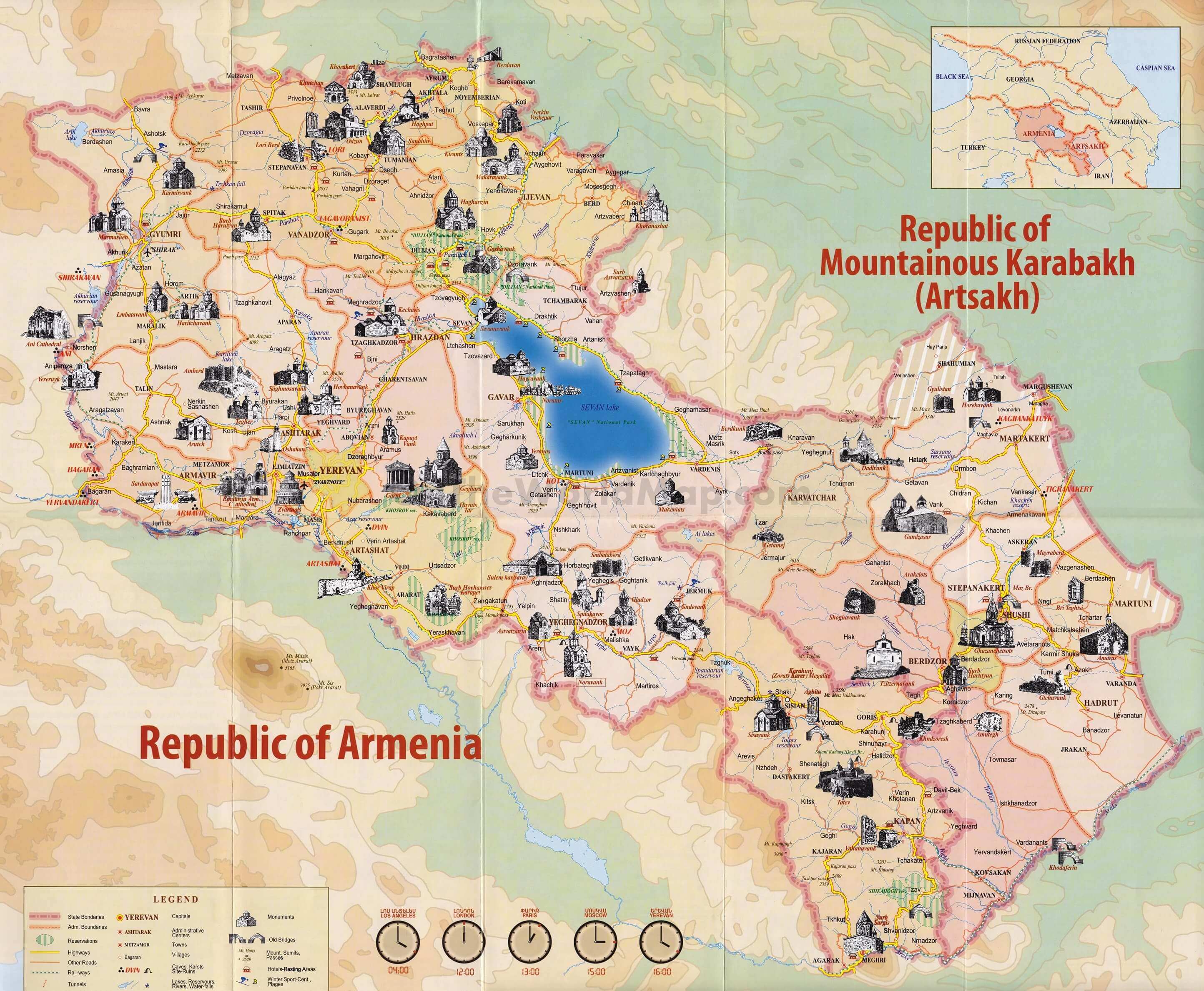 The Republic of Armenia is a state, located on the Armenian Highland, in Western Asia. Bordering countries of Armenia are Turkey (to the west), Iran (to the south), Azerbaijan (to the east) and Georgia (to the north). The capital city of Armenia is Yerevan, with 1 044 000 population.
The Republic of Armenia is a state, located on the Armenian Highland, in Western Asia. Bordering countries of Armenia are Turkey (to the west), Iran (to the south), Azerbaijan (to the east) and Georgia (to the north). The capital city of Armenia is Yerevan, with 1 044 000 population.
For centuries, Armenia has had periods of independence and autonomy. It has also been under the sway of such empires as Roman, Byzantine, Persian, Arab, Mongolian, Seljuk Turks, and then the Ottoman and Russian empires.
Modern Armenia represents only 1/10th of the territory of the historical Armenia. Starting from 387, the country has been divided into two parts, which have always been under different empires’ rule.
Armenia is mostly known to the world as a state that was first to officially adopt Christianity as a state religion in 301.
Armenians are also known as a nation who was victim of the Genocide (“Mets Yeghern” in Armenian) conducted by the Ottoman Empire toward Armenians of Western Armenia in 1915, during World War I.
More than 1.5 Armenians were killed and the rest, who survived, formed the present Armenian Diaspora and various communities to be found in many countries and corners of the world.
What Armenians are known for, is their unique alphabet that doesn’t look like any other alphabet in the world. Just like their language doesn’t sound like other language!
The country has recently become a favorite destination for thousands of travelers around the globe.
| Geography | Armenia is located in South-Western Asia, on the Armenian Highland. The average altitude is 1800 meter above the sea level. The highest point in Armenia is the mountain Aragats (4090 m). One important thing to know about Armenia is that Armenians living here don’t see their country as a part of either Europe or Asia. Armenia has always been kind of a crossroad between them, both geographically and culturally. The total area of the Republic of Armenia is 29,743 sq. km. The bordering countries of Armenia, as it was mentioned above, are Azerbaijan (borderline: 996 km), Georgia (219 km), Iran (44 km), Turkey (311 km). |
| Climate | Since Armenia is a highland with little forest-covered land and has fast flowing rivers, Armenian climate is typically highland continental one. For the Armenian climate hot summers and cold winters are typical. |
| Armenian People | The total number of Armenians residing in Armenia is around 3 million whereas the number of those outside is estimated to be, according to different sources, 7-8 million. |
| Mono-ethnicity | Armenia is known as a mono-ethnic country: more than 98 % of the population are Armenians, 1.1 % of the country’s population is made up by Yezidis and 0.7 % other ethnicity or nationalities (Russians, Ukrainians, Georgians, Greeks, Assyrians, and a few more ethnicity). |
| Language | The official language of the country is Armenian, which is spoken by 97.9% of the population. Armenian is an independent branch of the family of the Indo-European languages. |
| Religion | Most of Armenians are followers of the Armenian Apostolic Church (92.6%), 1 % are the followers of Evangelical Church. Other churches make up 2.4 %, and unspecified or none is 4 %. |
| Culture | What is special about Armenian culture? If one is interested in Armenian history and culture, it is necessary to remember that Armenian culture consists of two very different compounds: Armenian culture of the Pagan period, and Christian Armenian culture. Armenians of pagan period were initially known as nature worshipers. There was a pantheon of Armenian Pagan gods, like that of Ancient Greece or Ancient Rome mythology (God of fire, God of water, God of war, etc). The only difference in the Armenian mythology is in the names of those gods. For example, the Greek Zeus is the same Armenian Aramazd, Heracles was the same as Vahagn, Aphrodite in Greek mythology came as Astghik in Armenian, and Tir as Apollo. How about Christian culture of Armenia? As already mentioned, Armenia is known as the first country to adopt Christianity as a state religion. Christian religion came to replace not only pagan gods and mythology, but also the architecture, art and customs specific for the pre-Christian period. Armenians have very unique national songs, traditional dances of both periods, as well as modern dances and songs that truly characterize the Armenian nation. If you want to better know Armenia and the Armenians, then their songs and dances will tell you more than any book or other source of information! |
| Economy | When part of the USSR, Armenia was following its central planning system. The country developed a modern industrial sector, supplied machine tools, textiles, other manufactured goods to other USSR republics, in exchange for raw materials and energy. But shortly after Armenia became independent again, it faced a lot of challenges (blockade, closed borders) to overcome all alone. Currently, the Republic of Armenia has only two open borders for trade, with Iran and Georgia.The borders with Azerbaijan and Turkey have been closed since 1991 and 1993. This is a result of the ongoing modern historical conflict with Azerbaijan over the Nagorno-Karabakh. Now, Armenia is a member of the Eurasian Economic Union (since January, 2015), together with Russia, Kazakhstan and Belarus. The Republic of Armenia is also a member of the WTO (since January, 2003). Main export commodities of Armenia are: pig iron, nonferrous metals, gold, diamonds, unwrought metals, copper, mineral products, energy, and foodstuffs. Export partners of Armenia are: Russia, Iran, Georgia, China and Germany. Import commodities include: petroleum, natural gas, cars, and pharmaceuticals. And the import partners are: Russia, Iran, Italy, and Turkey. Although there are no diplomatic ties and official relations with Turkey, economic ties and trade is active on the level of private entrepreneurs. Nowadays, the geographic isolation, existing monopolies of Armenia affect the country’s economy sharply, making it more vulnerable towards modern global economic processes and new trends. |

Aragatsotn is named after the massive mountain (4095m / 13,435 ft.) that hovers over the northern reaches of Armenia. This region is one of the...
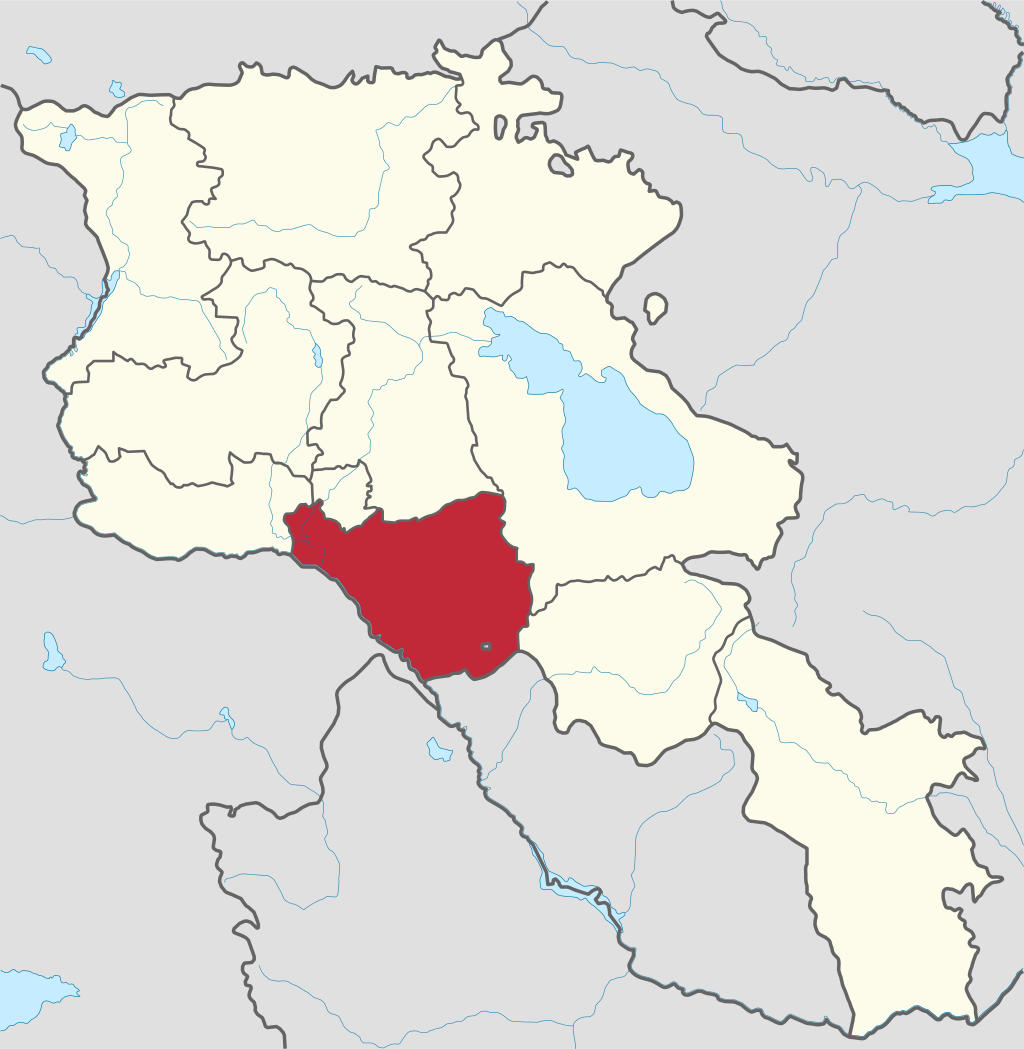
Ararat region is named after the biblical Mount Ararat which is mentioned in the Bible as a place where Noah’s ark has landed after the Great...
.png)
Armavir Region - Because of its Christian history the region is most famous for locals and Diaspora Armenians, who make pilgrimages to Armenia to...
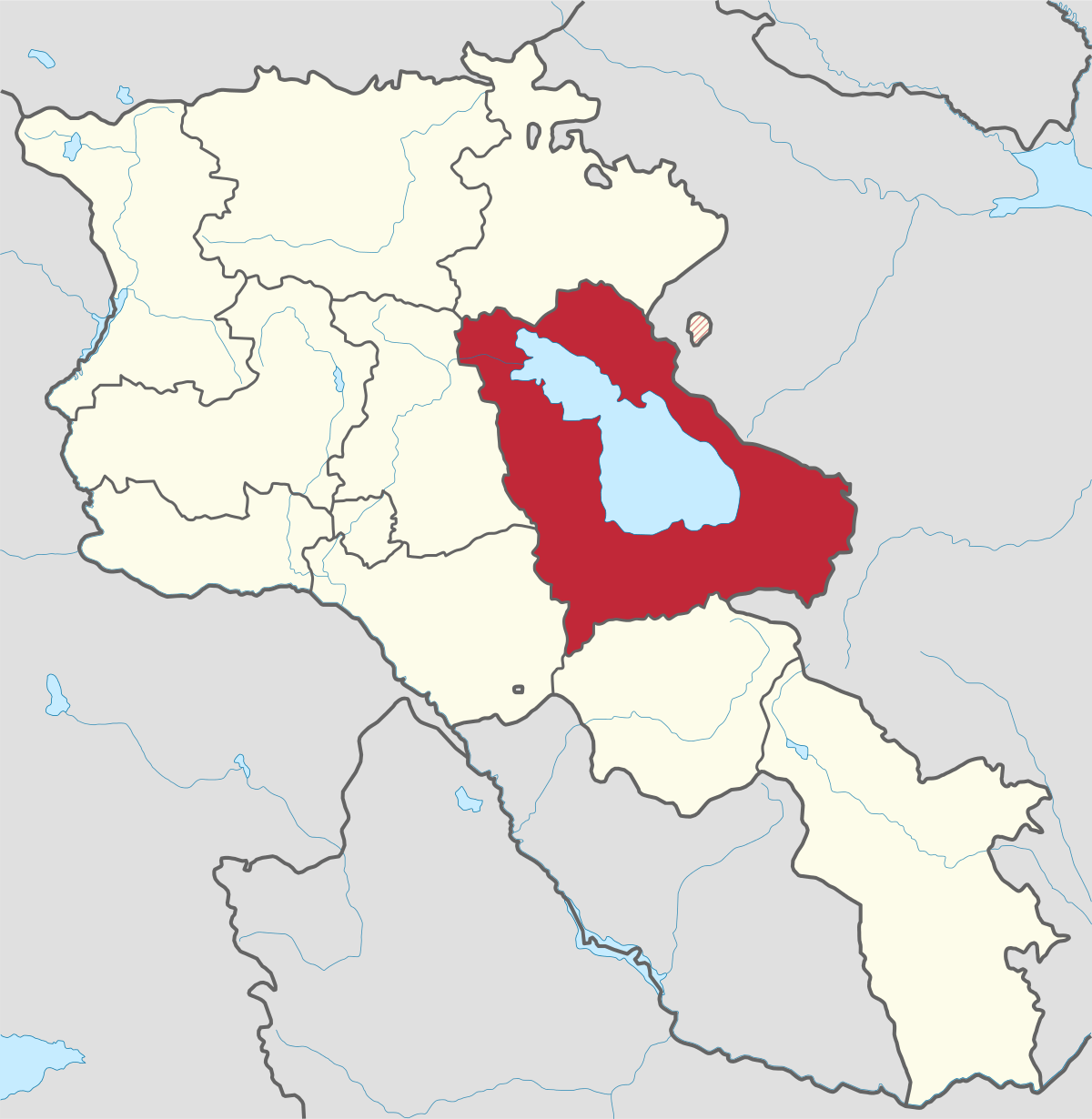
Gegharkunik ist die größte Region Armeniens, die an Aserbaidschan und die Shahumyan-Region der Republik Berg-Karabach grenzt. Ein Viertel der...
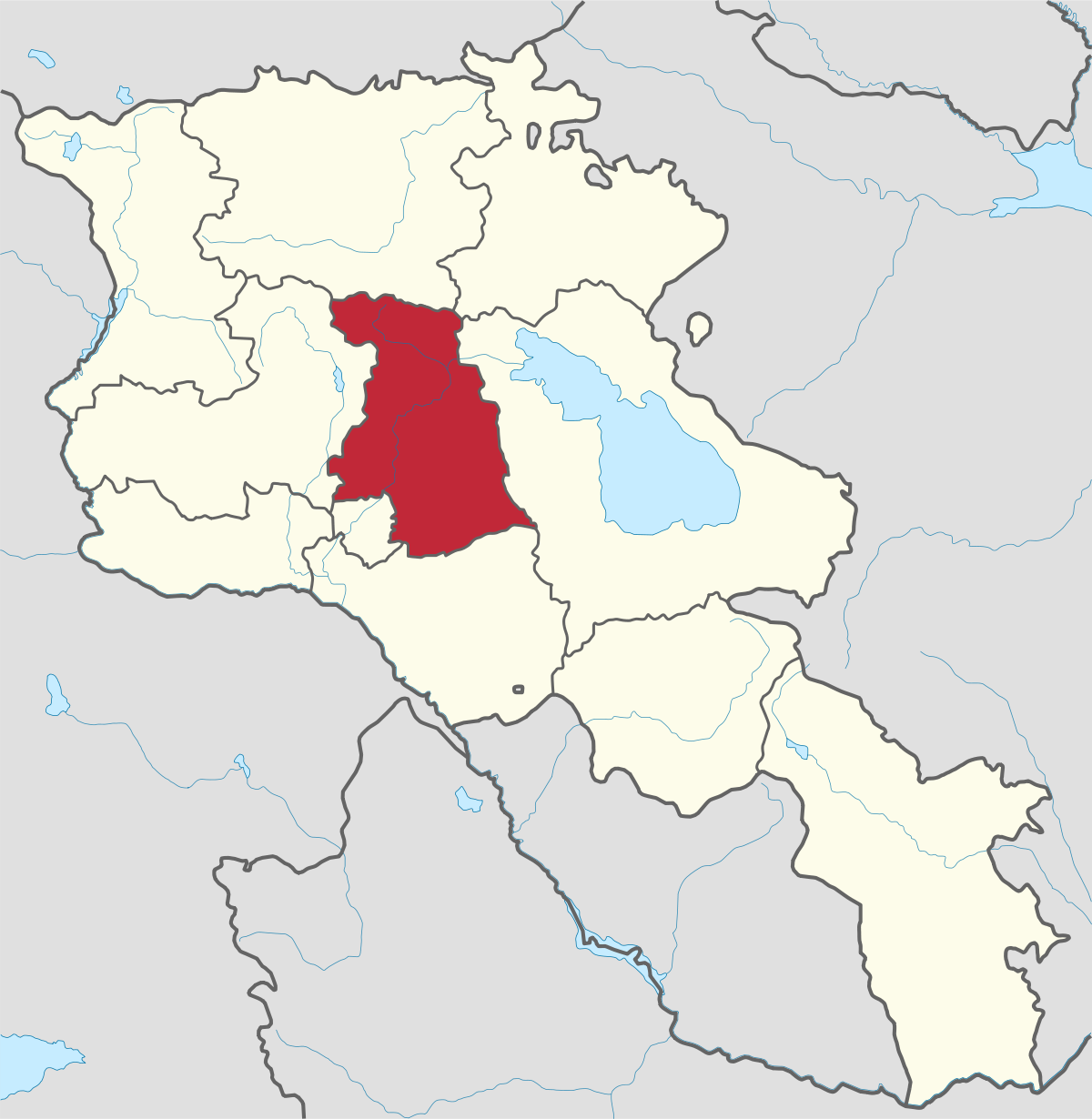
Kotayk region is located at the central part of the country and is home to many must-see sites in Armenia including the pagan Temple of Garni...
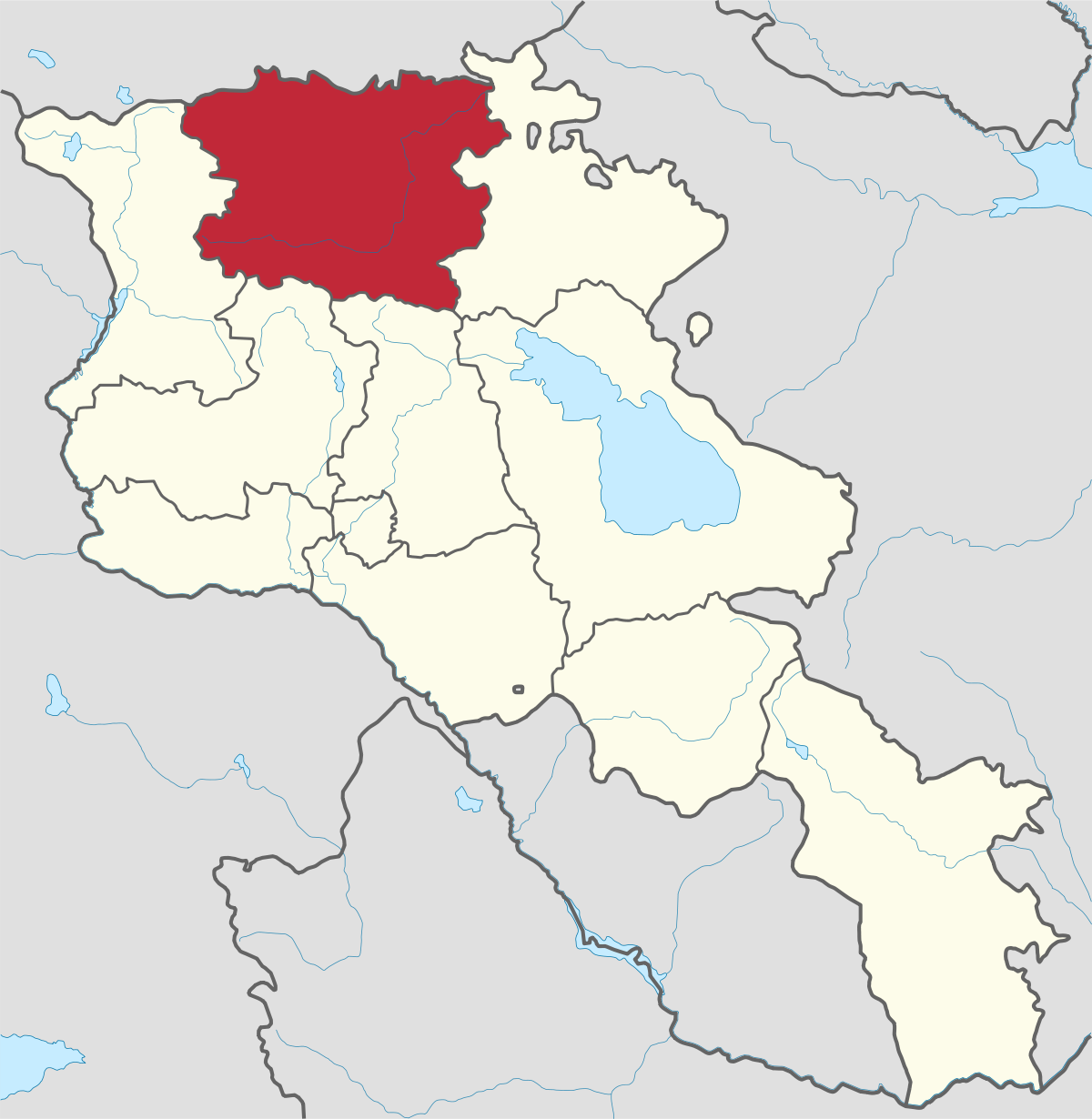
Lori region is in the northern part of Armenia, bordering on Georgia. It is considered Armenia’s greenest area, with more native forest land than...
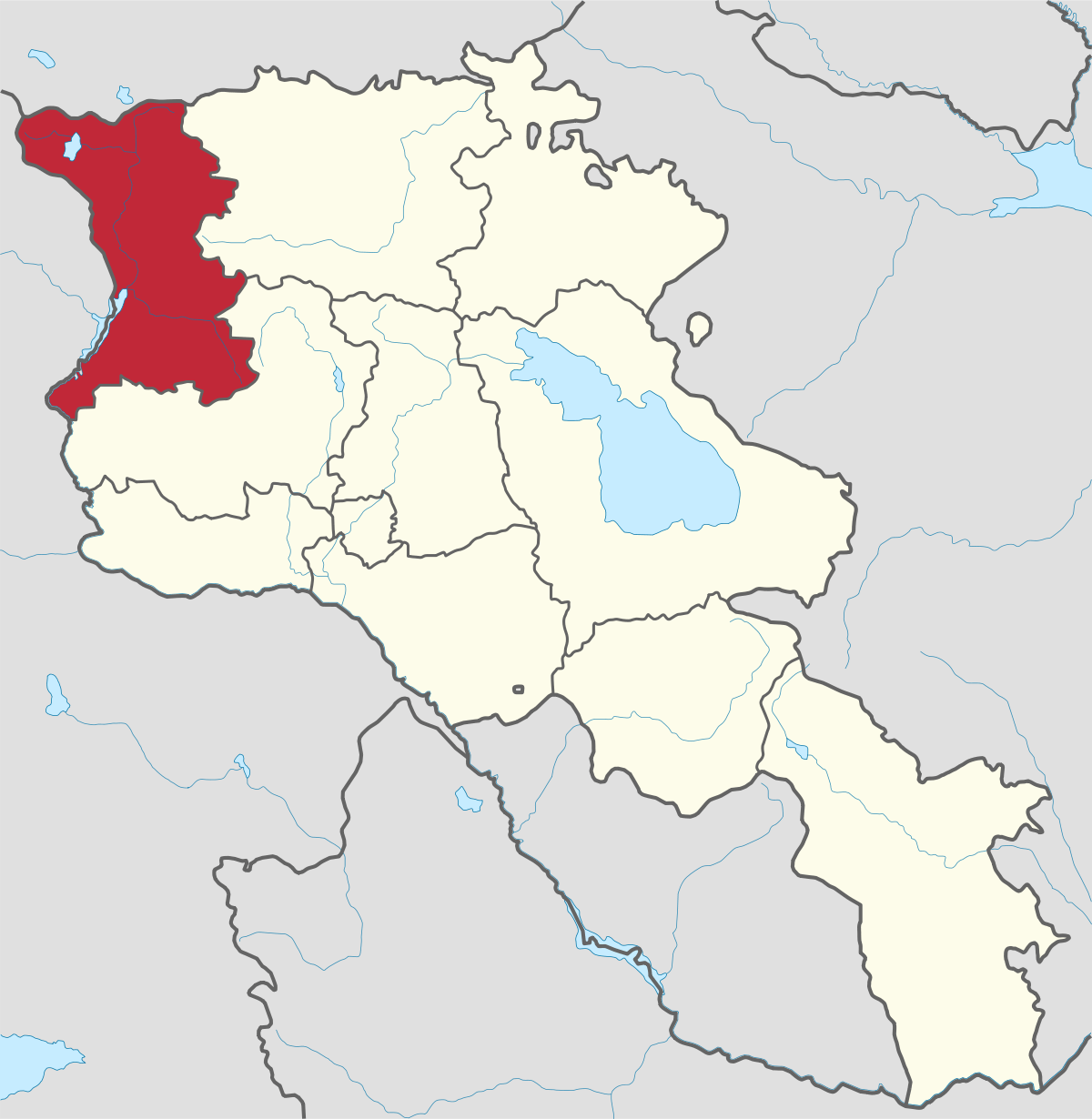
Shirak region lies in the north-west of Armenia. It borders with Georgia and Turkey. Shirak region is mainly dominated by the Ashotsk Plateau and...
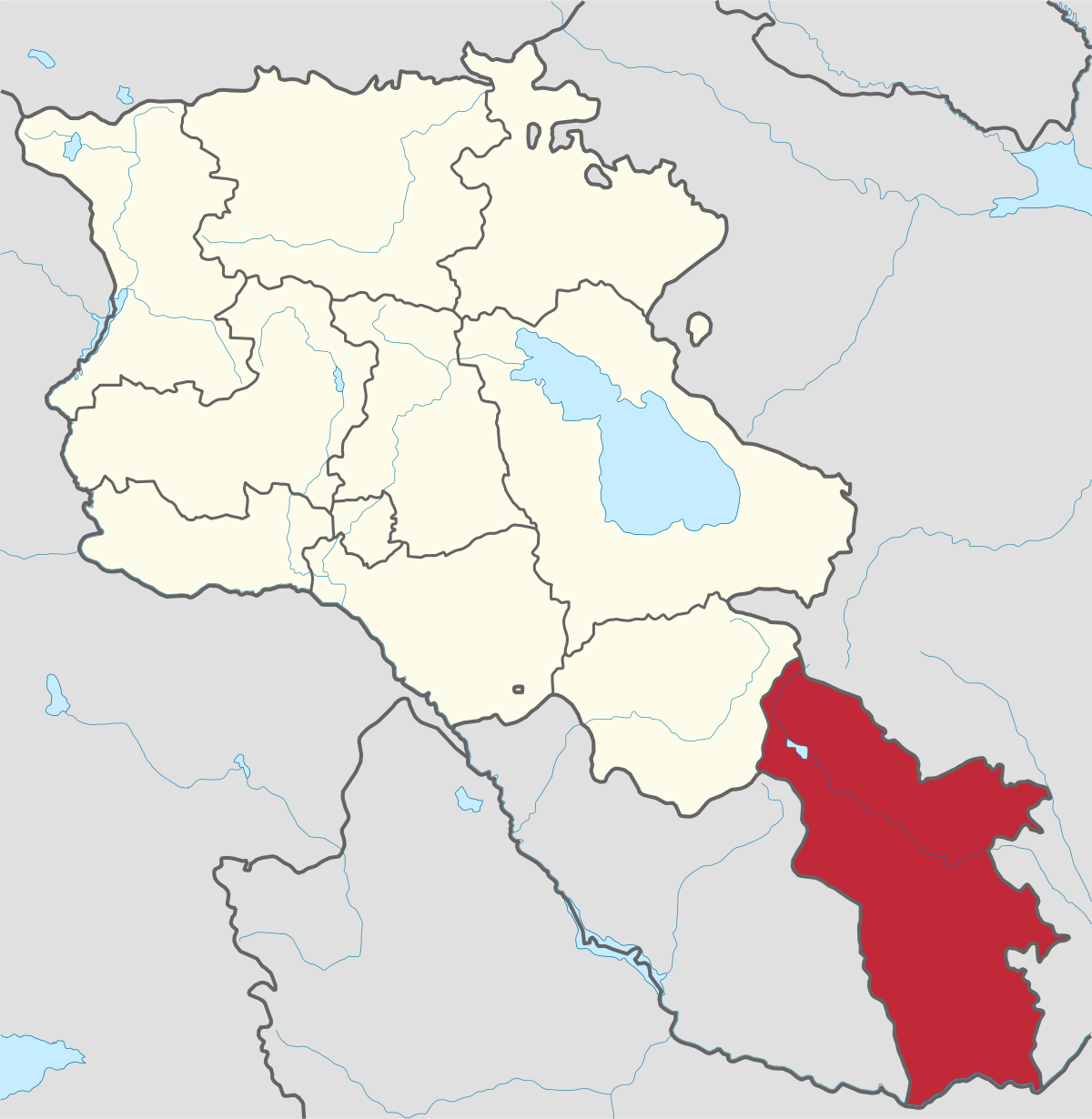
Syunik region- It is in the southern part of Armenia, bordering by Azerbaijan's Nakhchivan Autonomous Republic exclave, the de facto independent...
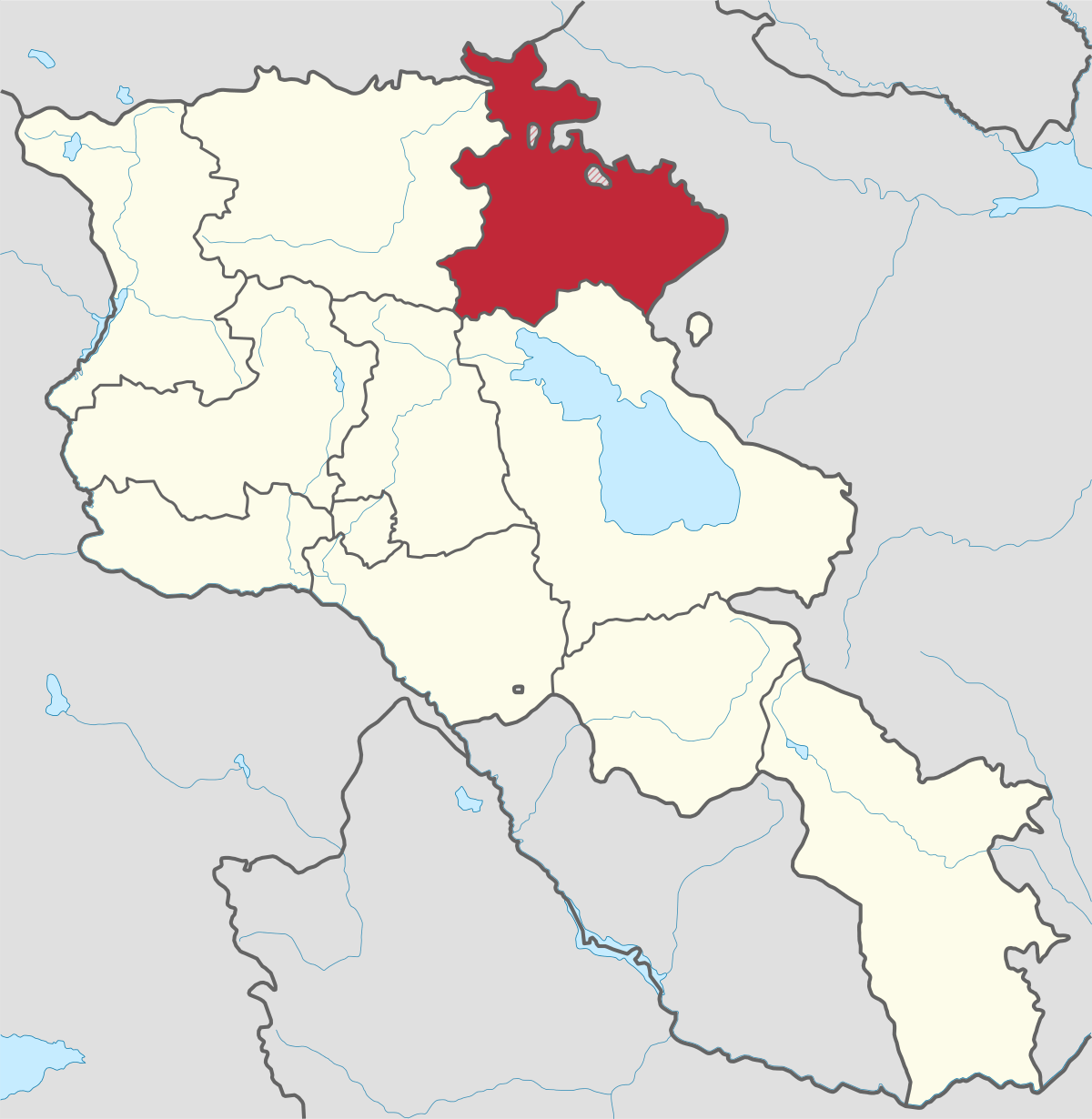
Tavush region lies in the Northeast of Armenia, bordering by Georgia and Azerbaijan. The territory is mainly mountainous and rocky hillsides...
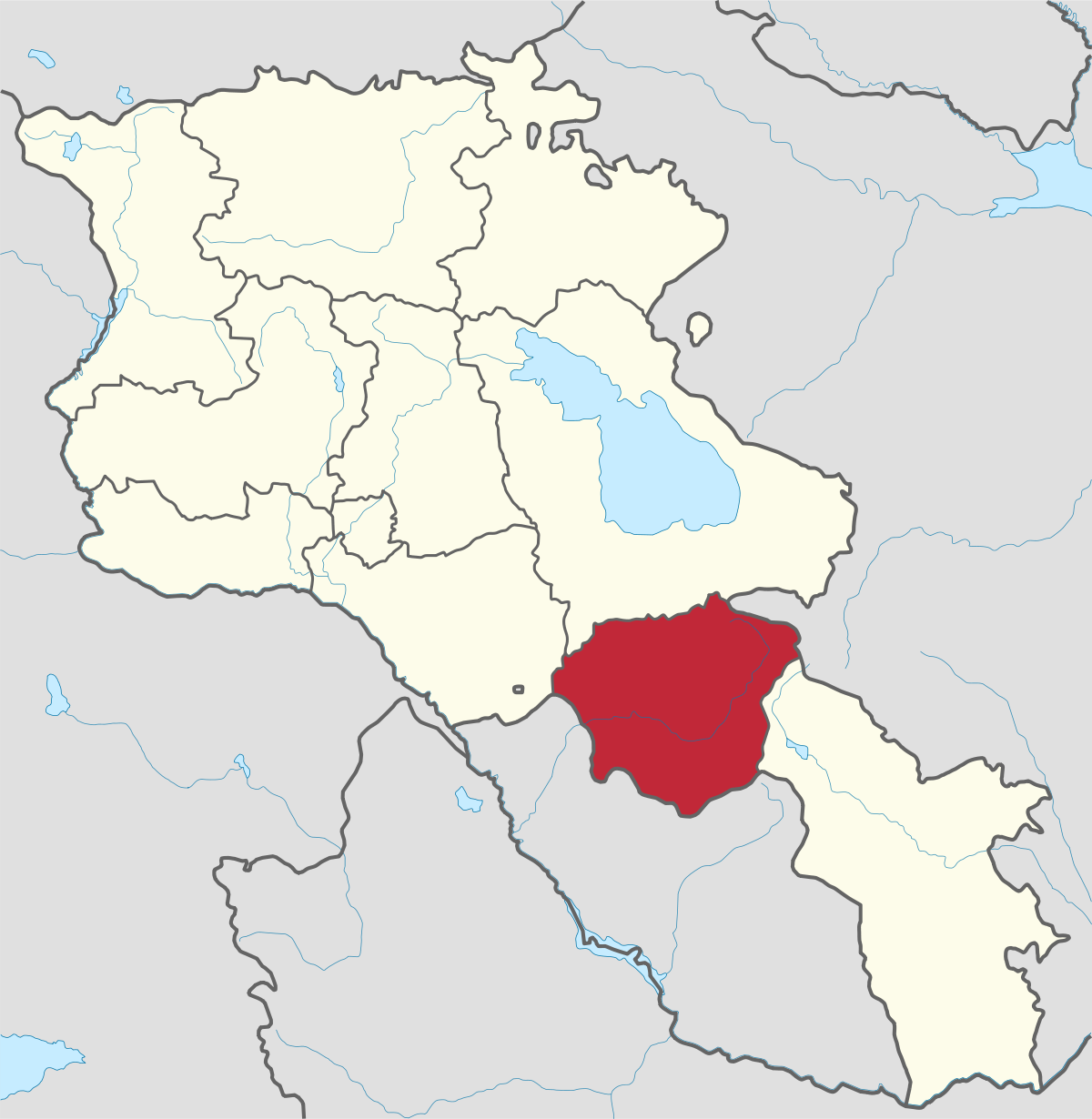
Vayots Dzor region is mainly a mountainous region at the southeastern end of the country, known with Jermuk Waterfall, Areni cave, Smbataberd...
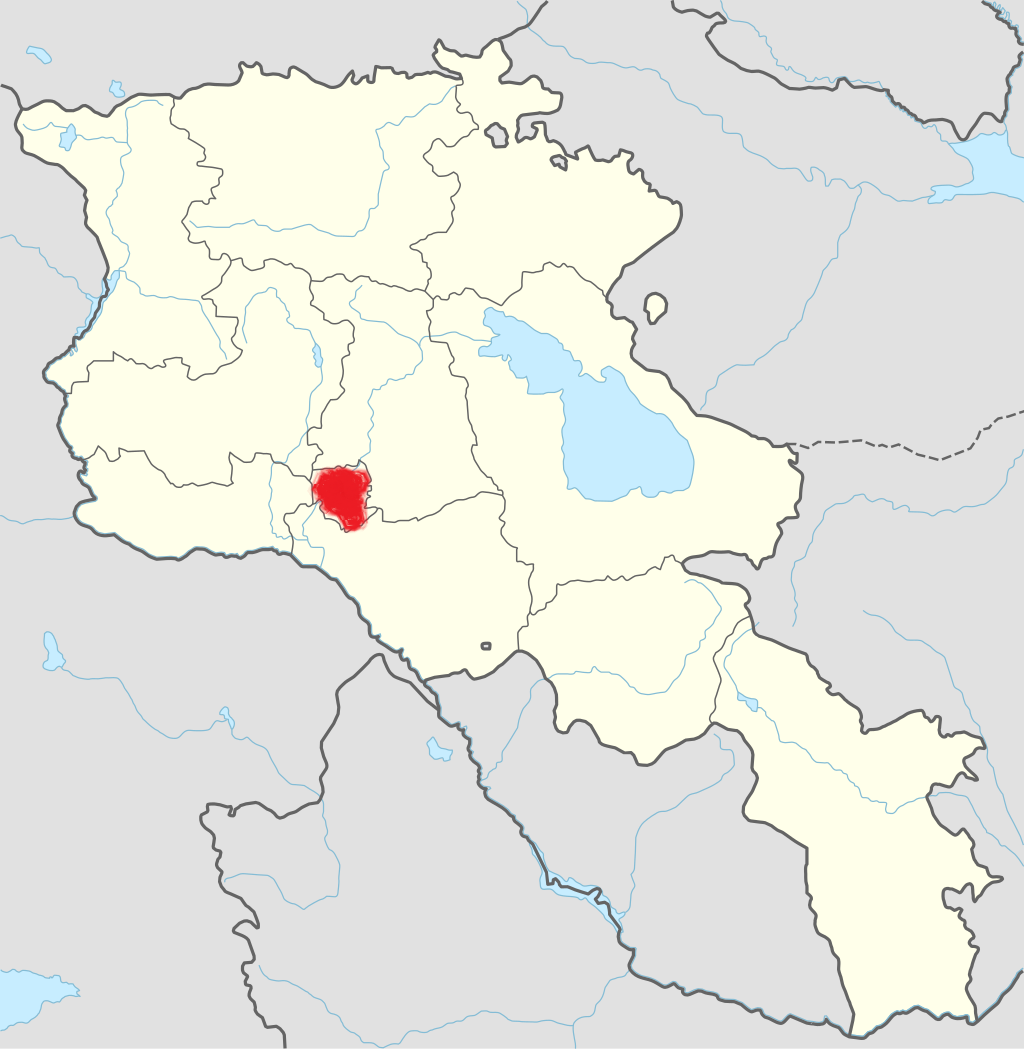
Yerevan city – 2800 years old. Yerevan is the capital of the Republic of Armenia with more than 1 million people. It is an amazing city with view...
800
149
1476
32